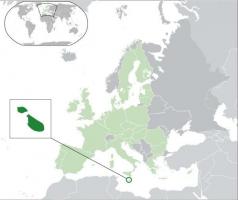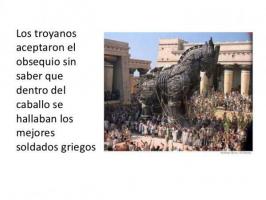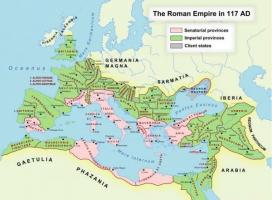Pablo Picasso and cubism
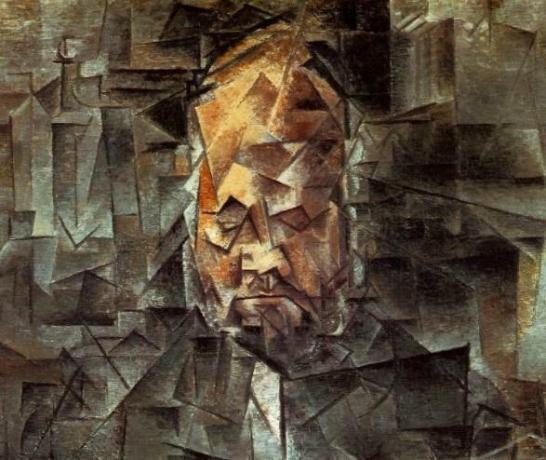
Image: Modern Art 2011 - blogger
It is important to know that if any day we were asked about cubism in general as an artistic movement, one of the key words were Pablo Picasso, because, after all, even though he was helped by other artists secondary, Picasso was really the head of the group and took the initiative. Next, in this lesson from a TEACHER, we will discuss how Cubism emerged, the artistic style that broke with all the previously given canons and that it was the fruit of Pablo Picasso, its creator, the true protagonist of this story. Read on and discover the relationship of Pablo Picasso and cubism.
Index
- Introduction to the life of Pablo Picasso
- Les demoiselles d’Avignon - The Ladies of Avignon
- Cubism (1907 - 1920)
- Synthetic Cubism and the End of the Art Movement
Introduction to the life of Pablo Picasso.
Pablo Picasso's taste for the plastic arts and specifically for painting can be traced back to 1891 when he was only 10 years old. old and his father, who was a drawing teacher, gave him some of his brushes and an easel so that he could paint and yes, he did not do it badly.
With the passage of time and seeing his pictorial virtues, he decided to go to Madrid to study Fine Arts at the Academia de San Fernando and by the year 1897 at a very early age he already received the first honorable mention with one of his first works Science and Charity, which was still very subject to the canon and academic rules and therefore very far from the trend for which he is really known.
Paris will be another key in this story, the one that made him know, because he always had this city in mind that, in those times, we are speaking of the year 1900 which is when he made his first trip, it was the cultural and artistic capital of the moment.
Between Madrid, Barcelona and Paris he developed his life and consequently his pictorial work, among which his famous blue stage (1900 - 1904) and his pink stage (1905 - 1906), whose themes and styles were still far removed from the cubism.
In this other lesson from a TEACHER we will discover a short biography of Pablo Picasso.
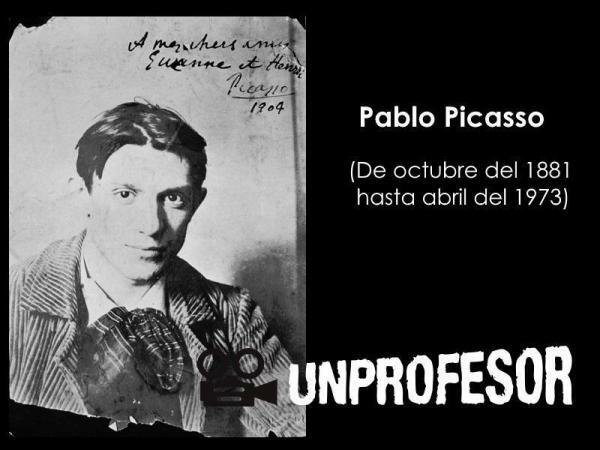
Les demoiselles d’Avignon - The Ladies of Avignon.
Year 1907, key date in Picasso's artistic journey, because it is when he makes one of the most famous paintings of the twentieth century, Les Demoiselles d'Avignon (The Avignon ladies), a painting that was a huge scandal, as if it were an earthquake that destabilizes and changes everything, because it was a total break with the pictorial tradition.
In 1907 Picasso began to interfere in his paintings geometrically, also with a very rigorous geometry that was based on erase perspective Renaissance which was, and has undoubtedly been, one of the most persecuted studies throughout history by artists, since it is difficult to capture the three dimensions on a canvas before a support that is absolutely two-dimensional. Picasso ignores this perspective and captures all the dimensions seen from a single plane, giving rise to the “multiple perspective”, That is, all parts of the object are represented on the same plane.
Much has been said about where Picasso could make this radical transformation because, although in some of the last works belonging to the pink period there is already a certain hardening, suddenly it takes the leap and surprises us with the work of The Avignon ladies.
Analyzing, therefore, the historical context, we see that these are important years because Europe makes a certain contact with other civilizations very different from the European through various exhibitions of Iberian art sculpture, Celtic, African art, of religious totem figures, very schematic, rigorous, with very sharp lines and they were also years of this first third of the twentieth century in which many artists turned to primitivism seeking their outlet in art old.
This, adding to the pictorial works of Cézanne, who reduced his figures to geometric shapes seems to be what invited Picasso to create a new artistic style, cubism.

Image: Left Bank Art Blog - blogger
Cubism (1907 - 1920)
Within Cubism two phases are distinguished, that is, Cubism will generally develop between 1907 and 1920, there are even moments in which Picasso will temporarily abandon this style to devote himself to other genres such as sculpture, engraving or book illustration.
There is therefore a first cubism, which is known as analytical cubism and it will last until 1912 and then there will be a synthetic cubism, where not only will Picasso lead this style, but he will be helped by other artists such as John Gray or George Braque or Fernand leger among others.
In the analytical cubism, what we are going to try to give are the three dimensions in the same plane, at the same time that we will see a very marked geometrization with a loss of color that is usually very monotonous, opaque, dark….
The years of 1909 and 1910 come to be the best to define analytical cubism where he will paint the reality subjected to geometry, and even dared with the human figure, creating a type of portrait where the Geometry dismembers the figure, however, such was Picasso's skill that many of these portraits he made for friends such as the one of Ambriose Vollard or Wilhelm Uhde they did not lose their appearance even by geometrically deforming the face.
Synthetic cubism and the end of the artistic movement.
Around 1912 the severity of Cubist decomposition was such that Picasso and his followers were on the edge of the abstract and Let's say that, to show that he continues to paint reality, he makes the three dimensions disappear and inaugurates what we know as the synthetic cubism.
With the technique of collage with elements typical of everyday life, such as newspaper clippings, pieces of wood, cloth, sheet music, playing cards and color is returned, that is, the use of more vivid colors is returned than in analytical cubism they disappeared.
Still life with straw chair it was the first work done within synthetic cubism. They are generally simpler, simpler works, reduced to the essential and therefore more easy to understand, since they were somewhat more figurative and clearly what was wanted represent. Other Picassian works are the Card player or Green still life.
With the beginning of the World War I in 1914, Picasso is still in Paris, but they are years of war and the cubism as an artistic movement is paralyzed, since many artists were called to defend his nationality and Picasso what he did was seek new outings during the war period taking refuge in the decoration of stagings in ballet scenes, theater... collaborating for important musicians such as Erik Satie.
In the postwar period, only Juan Gris, another Spanish artist and a follower of Picasso, continued to work on Cubism, although in a certain way. simpler and more austere, but as we have already said, most of the artists took on new trends, starting with Picasso for what the Cubism as an artistic movement can be concluded around the year 1919 -1920.
In this other lesson we will discover the meaning of Picasso's Guernica.
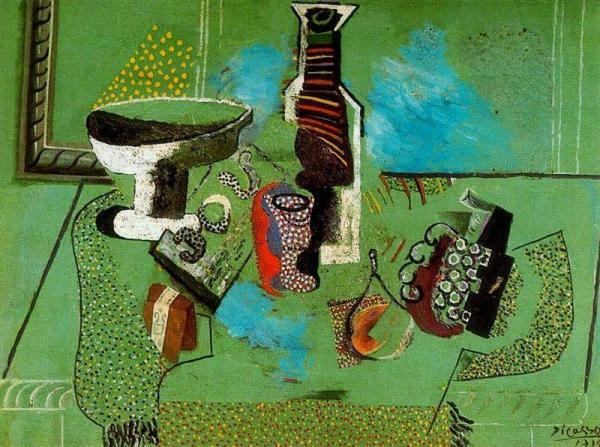
Image: Pinterest
If you want to read more articles similar to Pablo Picasso and cubism, we recommend that you enter our category of Story.

